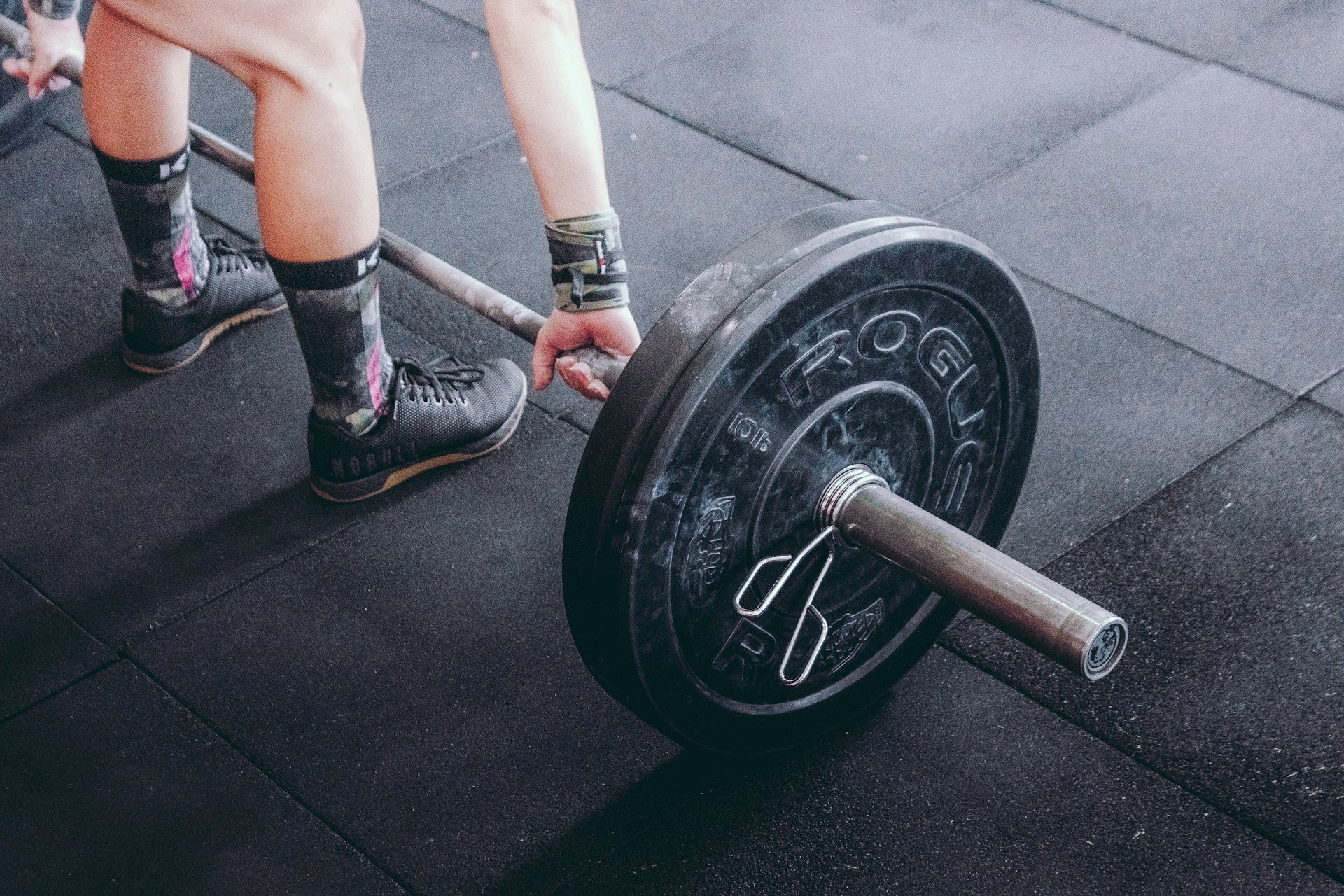The Role of Sound Therapy in Athletic Recovery: Using Frequency and Vibration to Heal Faster

Athletic performance is not just about the intensity of training; it's equally about how well and how quickly you can recover. In the pursuit of faster recovery, athletes are increasingly turning to alternative therapies, with sound therapy emerging as a compelling option. Sound therapy, which involves the use of specific frequencies and vibrations, is gaining attention for its potential to aid muscle recovery, reduce inflammation, and improve sleep quality after intense physical activity. This blog explores how sound therapy works and its benefits for athletic recovery.
Understanding Sound Therapy
Sound therapy, also known as sound healing, utilizes the principles of vibration and resonance to bring the body back into a state of balance. The human body is composed of various frequencies, and when these frequencies are disrupted—due to stress, injury, or illness—imbalance occurs. Sound therapy aims to restore these natural frequencies, promoting physical and mental well-being.
There are several methods of sound therapy, including:
- Binaural Beats: These are auditory illusions created when two slightly different frequencies are played in each ear. The brain perceives a third frequency, which is the difference between the two, and this can influence brainwave activity.
- Vibroacoustic Therapy: This involves the use of low-frequency sound waves, which are transmitted directly into the body through a medium, such as a mat or chair, that vibrates in response to the sound.
- Sound Baths: A meditative experience where participants are "bathed" in sound waves from instruments like gongs, Tibetan singing bowls, or tuning forks.

The Science Behind Sound Therapy in Athletic Recovery
While sound therapy may sound unconventional, scientific research supports its benefits, particularly in the context of athletic recovery. Here’s how sound therapy can play a role in enhancing recovery:
-
Reducing Muscle Soreness and Inflammation
Intense physical activity often leads to muscle soreness, inflammation, and microtears in muscle fibers. Sound therapy, particularly low-frequency vibration, has been shown to reduce these symptoms. The vibrations can stimulate cellular processes that repair damaged tissues, reduce inflammation, and promote the flow of blood and lymphatic fluid, which are essential for healing.
Vibroacoustic therapy, for example, uses sound waves at frequencies between 30 Hz and 120 Hz. These frequencies have been found to reduce pain and inflammation by increasing circulation and facilitating the removal of metabolic waste products from the muscles.
-
Enhancing Muscle Recovery
After a strenuous workout, muscles need time to repair and rebuild. Sound therapy can accelerate this process by promoting relaxation and reducing the production of cortisol, the stress hormone that can hinder recovery. The relaxation response triggered by sound therapy helps lower cortisol levels, enabling the body to enter a state where muscle repair and regeneration are optimized.
Binaural beats, particularly in the delta (1-4 Hz) and theta (4-8 Hz) frequency ranges, are known to promote deep relaxation and restorative sleep, both of which are critical for muscle recovery. These beats can encourage the brain to produce slow brainwaves associated with deep sleep, where the body undergoes significant repair and recovery.
-
Improving Sleep Quality
Sleep is arguably the most crucial aspect of athletic recovery. During sleep, the body releases growth hormones that aid in muscle repair and regeneration. Poor sleep can delay recovery, increase the risk of injury, and reduce overall athletic performance.
Sound therapy can improve sleep quality by helping the brain transition into deep sleep states more effectively. Listening to binaural beats or participating in a sound bath before bed can help calm the mind, reduce anxiety, and facilitate a quicker transition into restorative sleep stages. The calming effects of sound can also alleviate insomnia and promote a more consistent sleep schedule, both of which are vital for athletes.
-
Mental Recovery and Stress Reduction
Athletic recovery is not only physical but also mental. High-performance training can lead to mental fatigue, which can be as detrimental as physical exhaustion. Sound therapy’s ability to induce a meditative state can help athletes manage stress, reduce anxiety, and improve focus.
Regular use of sound therapy can help athletes develop a more resilient mindset, better cope with the pressures of competition, and recover from mental fatigue more efficiently. This mental clarity and calmness translate into better performance and a reduced likelihood of burnout.
Practical Applications of Sound Therapy for Athletes
Incorporating sound therapy into an athletic recovery routine doesn’t require complex setups. Here are a few practical ways to get started:
-
Binaural Beats: Use a pair of headphones to listen to binaural beats designed for relaxation or sleep before bedtime. There are numerous apps and playlists available that cater to different recovery needs.
-
Vibroacoustic Therapy: Invest in a vibroacoustic mat or chair, or visit a wellness center that offers vibroacoustic therapy sessions. This can be particularly beneficial after a heavy training session or competition.
-
Sound Baths: Attend a sound bath session at a yoga studio or wellness center. The immersive experience can help you unwind and reset after intense physical exertion.
-
Daily Relaxation Routine: Incorporate sound therapy into your daily routine, even for just 10-15 minutes. This could involve listening to calming music, using tuning forks, or simply focusing on deep breathing exercises accompanied by soothing sounds.
Conclusion
Sound therapy offers a holistic and innovative approach to athletic recovery, harnessing the power of frequency and vibration to aid muscle recovery, reduce inflammation, and improve sleep quality. As more athletes seek ways to optimize their recovery, sound therapy provides a natural, non-invasive option that can be easily integrated into any routine. By experimenting with different sound frequencies and techniques, athletes can discover a new dimension of recovery that enhances both physical and mental well-being.





Comments